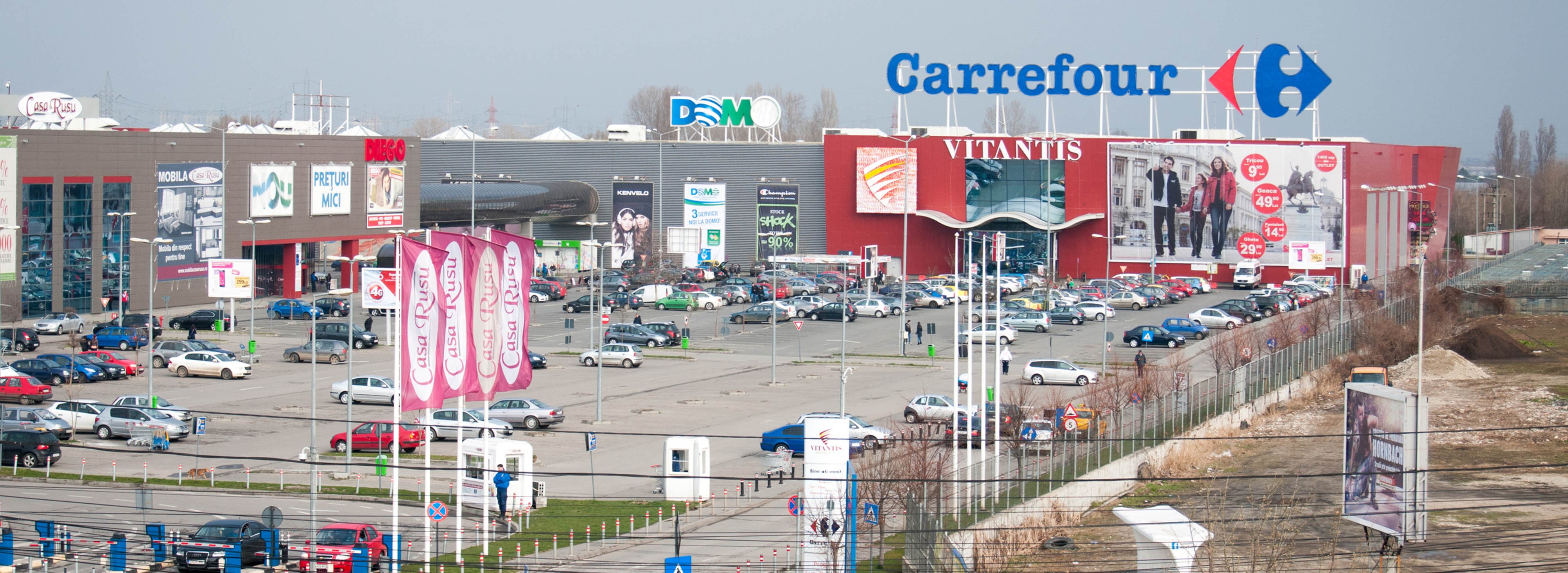
THE EUROPEAN GROCERY RETAIL MARKET TO BE WORTH €2,289 BILLION BY 2022
The European grocery retail market will add €377.6 billion in sales to reach €2,289 billion by 2022, with growth in the region driven by the dynamic economies of Central and Eastern Europe, according to new forecasts from international grocery research organization, IGD.
The grocery retail markets of Poland, Romania and Russia are expected to enjoy strong growth to 2022, benefiting from greater liberalization and integration with other European countries.
With Europe’s population forecast to remain steady to 2022, real growth is set to account for 23.9% of total sales uplift for the region and growth in consumer spend will account for much of this.
Key findings from IGD’s European grocery forecasts to 2022 include:
- Europe’s grocery retail market will grow by a compound annual growth rate (CAGR) of 3.7% between 2017 to 2022.
- The European grocery market will add €377.6 billion to the global market and will be worth €2,289 billion by 2022.
- Turkey, Russia and the UK will drive 51% of Europe’s grocery retail sales growth between 2017 and 2022.
- Europe will account for 16% of global grocery retail sales growth for the five years to 2022.
Positive overall outlook
“After Asia, Europe is set to benefit from the biggest increase in shopper spend to 2022, however, we are predicting mixed growth for the top five grocery markets. Turkey is forecast to experience the most dynamic sales growth in Europe, with rising shopping spending driving much of real growth. Europe’s other largest grocery retail markets, including Germany, France and the UK, will experience a slower pace of expansion. The German grocery retail market will be limited by low population growth, in addition to shoppers being more cautious with their spending. Shoppers in the UK are facing higher inflation, which is eroding wage increases, and therefore creating a more cautious attitude to spending,” says Jon Wright, Head of Retail Insight, IGD.
“The top five markets in Central and Eastern Europe (CEE) face an inflationary outlook to 2022, but there are pockets of real growth in the region where we forecast a rise in shopper spending, for example in Romania. However, the overall outlook is very positive. Rising household spending will drive real growth across the region as the economy is boosted by higher employment rates and stable wages,” Wright argues.
New investments in stores
The grocery retail market in CEE continues to develop at pace with retailers investing in their stores to encourage shoppers to visit more frequently and to stay for longer periods of time.
New food courts with snack and meal options are popping up in larger stores, helping to attract new shoppers and extend the length of their stay.
Retailers are also experimenting with an array of new technologies all aimed at making shopping easier and quicker for shoppers.
Inflation
Inflation is set to be a major factor in driving total sales in the Western Europe grocery retail market to 2022.
Rising shopper spending will underpin real growth for most countries as the economies of France, Italy and Spain continue to recover and have a strengthening outlook – this will boost shopper confidence and spending.
Retailers and manufacturers in Western Europe will continue to look for new ways to find growth with a focus on the growing demand for niche products, including an increase in organic, gluten free and free from products; an increased focus on convenience stores including opening new locations and maximizing ranges; and making online profitable in an increasingly competitive marketplace.
Top 20 European grocery markets in 2022
- Country
- 2017 market value (€bn),
- 2022 market value (€bn)
- Compound Annual Growth Rate (CAGR).
1 Russia |
283.92 €bn | 359.32 €bn | 4,8% CAGR |
2 Germany |
239.06 | 264.37 | 2,0% |
3 France |
224.74 | 249.70 | 2.9% |
4 UK |
216.33 | 249.56 | 2.9% |
5 Turkey |
111.85 | 194.80 | 11.7% |
6 Italy |
174.94 | 192.82 | 2.0% |
7 Spain |
110.98 | 124.39 | 2.3% |
8 Poland |
62.94 | 73.22 | 3.1% |
9 Netherlands |
48.82 | 58.41 | 3.7% |
10 Belgium |
40.76 | 47.19 | 3.0% |
11 Switzerland |
40.44 | 44.52 | 1.9% |
12 Romania |
33.25 | 41.91 | 4.7% |
13 Ukraine |
27.09 | 39.95 | 8.1% |
14 Sweden |
29.60 | 33.14 | 2.3% |
15 Norway |
24.54 | 31.76 | 5.3% |
16 Austria |
25.13 | 28.79 | 2.8% |
17 Czech Republic |
22.55 | 26.88 | 3.6% |
18 Denmark |
20.18 | 24.16 | 3.7% |
| 19 Portugal | 18.97 | 21.15 | 2.2% |
| 20 Finland | 18.48 | 20.74 | 2.3% |
Source
IGD Datacentre. Data from 2017 onwards are forecasts. CAGR calculated from market values in EUR at 2017 exchange rates and in nominal terms.
IGD is a training and research charity for the food and grocery industry. IGDs reach is global, with experts based in the UK, Singapore and North America.
IGD defines the grocery retail market as all food, drink and non-food products (e.g. health & beauty, pet care, clothing, DIY) sold through all retail outlets selling predominantly food in a given country. This definition includes modern retail formats, such as supermarkets and hypermarkets, and traditional retail formats such as open-air markets and traditional food stores such as bakers. It excludes wholesale and foodservice formats and drugstores/pharmacies.